Reducing Development Time and Costs through the Power of Computational Science
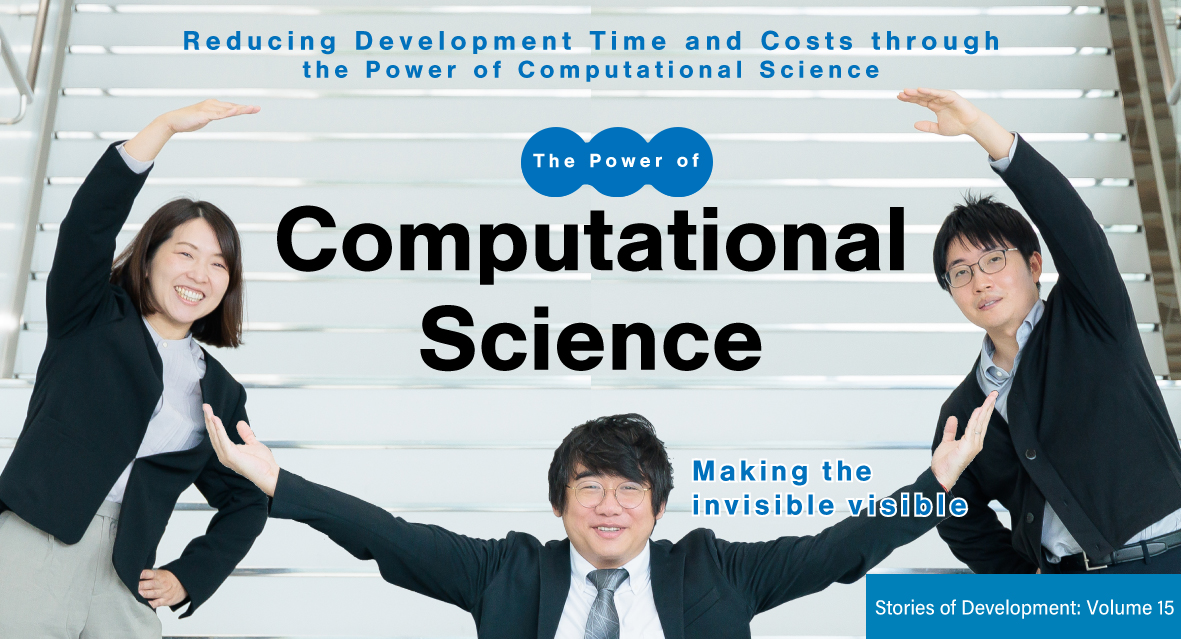
Of the three Nobel Prizes in the natural sciences announced in October 2024, the Physics Prize and the Chemistry Prize were awarded to researchers involved in the foundations of machine learning in the field of AI.
AI, which is fundamentally changing our lives, analyzes massive amounts of real-world data to make predictions and decisions. However, the solutions produced by AI must be tested by humans. This is because AI is still far from perfect.
On the other hand, there are fields of study that approach science in a very different way from AI.
Computational science involves simulating the microscopic world using data and calculations that are based on the laws of science. We interviewed three members of Fuji Electric's computational science team, who are trying to understand molecular-level mechanisms.
Computational Science Unravels over 70 Years of Challenges
Fuji Electric delivers value by helping to bring clean energy into the mainstream. As part of this effort, we have been involved in the generation of geothermal power, a type of renewable energy, since the 1960s. The company has been a world leader in manufacturing steam turbines for geothermal power, holding around 40% of the market share since 2000. In addition to delivering nearly 90 geothermal steam turbines in Japan and overseas, we have also taken on the task of engineering entire geothermal power plants.
Geothermal power generation has been plagued by the persistent issue of silica scale since the 1950s.
Primarily composed of the silicon dioxide found in water, silica scale is a type of mineral buildup that forms when the water evaporates and only the minerals remain. It’s the white crust on windows and washstand mirrors that can be washed away with water, only to appear again when the water dries.
Geothermal power plants generate electricity by extracting high-temperature, high-pressure geothermal water and steam from underground. However, blockages would occur as a result of silica scale buildup inside the pipes. Until now, no one has come up with a radical solution. Instead, researchers tended to focus on how to suppress the amount of silica scale that would be deposited.
In 2023, Fuji Electric's computational science team uncovered the phenomenon behind this problem, which had persisted for over 70 years.
A Laboratory inside a Computer
Unlike analysis, which involves the use of electron microscopes to directly observe molecules, and experiments, in which outcomes are tested by combining materials, computational science involves performing molecular-level simulations in a virtual 3D space inside a computer. Calculations are processed by computers in accordance with the laws of science.
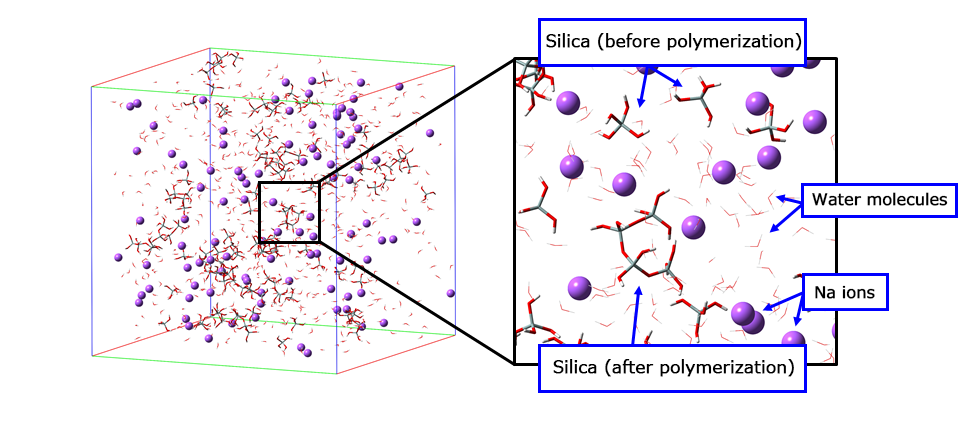
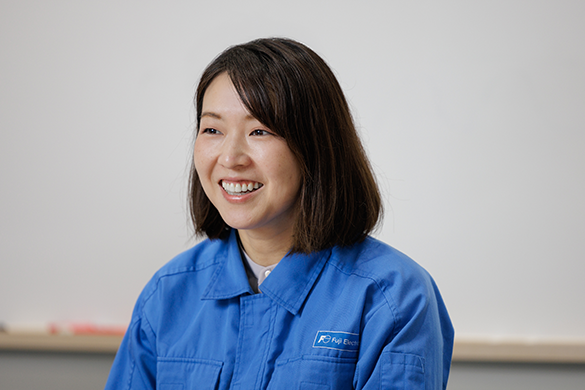
Ms. Okada, a member of the computational science team who joined Fuji Electric in 2011, explains, “We contribute to product development by creating our own hypotheses, running simulations on the computer, and proposing verification results and improvement measures to the business division. If we know in advance the properties of a certain material, such as the fact that the material is sensitive to heat, for example, we can significantly reduce the number of experiments that the business division must perform, or the number of prototypes that they must create.”
Computational science shortens development time and reduces development costs. It also helps predict potentially harmful chemical reactions, including phenomena that result in material degradation or impurity formation, which in turn contributes to the creation of longer-lasting, higher-quality products.
Transcending the Limits of Experimentation through Computational Science
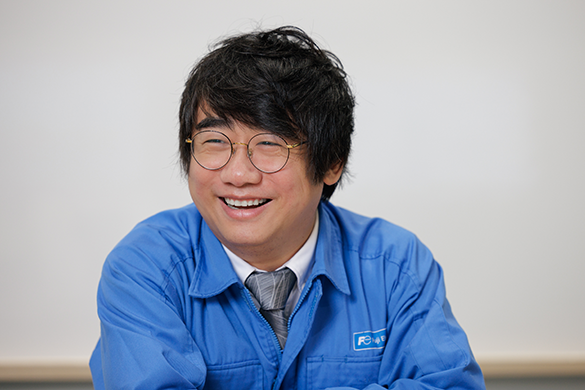
The Analysis Technology Research Department, which has a computational science team, plays a role in accelerating research and development by analyzing all materials used throughout Fuji Electric and proposing improvements to products as part of efforts to realize a decarbonized and recycling-based society.
With regard to the silica scale mentioned earlier, the computational science team identified the mechanism behind its formation at the request of the department in charge of geothermal power generation. This was what sparked the idea for a solution.
Dr. Jiang, who joined the company in 2021 after working as a university teacher in the field of chemistry, relates, “Doing work that directly ties into solutions to social issues makes every day exciting.”
“Experiments and computational science both have their strengths and limitations. As for the silica scale problem, we had done all we could do through experiments, bringing us to a dead end. It was at this point that we shifted to the perspective of computational science, allowing us to create a ‘prediction equation’ for the process that leads to the formation of silica scale. Computational science is the science of making the invisible visible.”
Contributing to Decarbonization with Computational Science at the Forefront
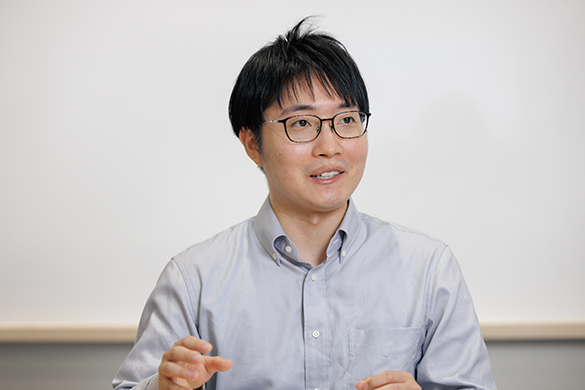
Though computational science is based on the laws of science, it can still produce results that go beyond human expectations.
Mr. Saeki, who left an automobile manufacturer in 2021 to work with Ms. Okada and Dr. Jiang in computational science, explains.
“Once in a while, you encounter a result that makes you think, ‘This chemical reaction isn’t supposed to happen.’ When I have trouble interpreting the data, I try to understand it by reading research papers to gather information, or by discussing it with the professors at our partner research institutions.”
Dr. Jiang nodded in agreement with Mr. Saeki, adding, “When the business division consults us about a product defect that they cannot identify the cause of, we propose solutions from the perspective of computational science. They usually respond by asking, ‘Are you sure that’s going to work?’ We assure them not to worry, but each time, I’m always on edge until the results actually come through.”
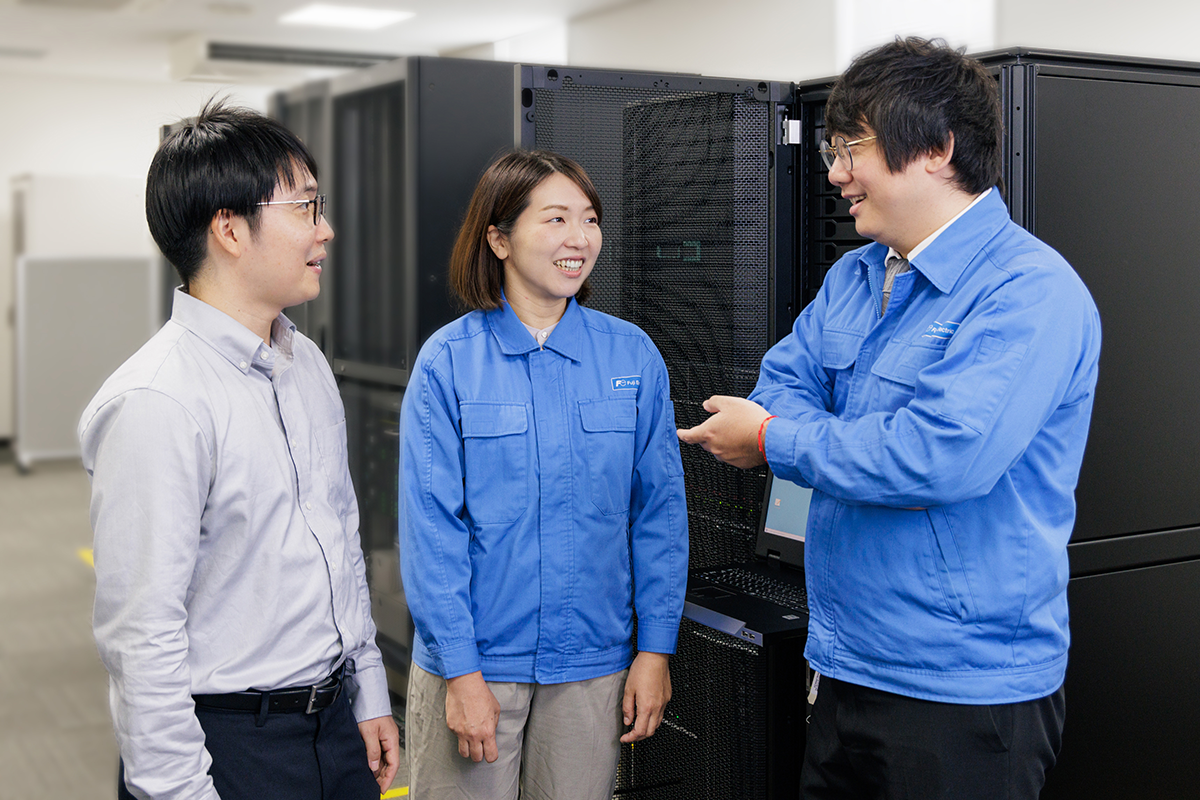
Computational Science is Accessible Even to Those Without Experience
Ms. Okada studied organic synthesis as an undergraduate student and molecular imaging in graduate school. After joining the company, she was involved in the development of sensors. In 2019, she was transferred to her current department, where she was introduced to computational science for the first time.
“Computational science is a new area of research. There were few experts in the company, so I studied hard by reading books, attending external seminars, and undergoing company training. It's accessible even to inexperienced people as long as they put in the effort. Now, I can even ask a former university teacher (Dr. Jiang) to teach me,” Ms. Okada says.
By connecting to the company’s computers from home, Ms. Okada can access the computation system remotely. A mother of two, she is able to work from home as she makes discoveries about the microscopic world.
The computational science team currently has six members. One of them is studying at the Vienna University of Technology in Austria, which is making strides in computational science research.
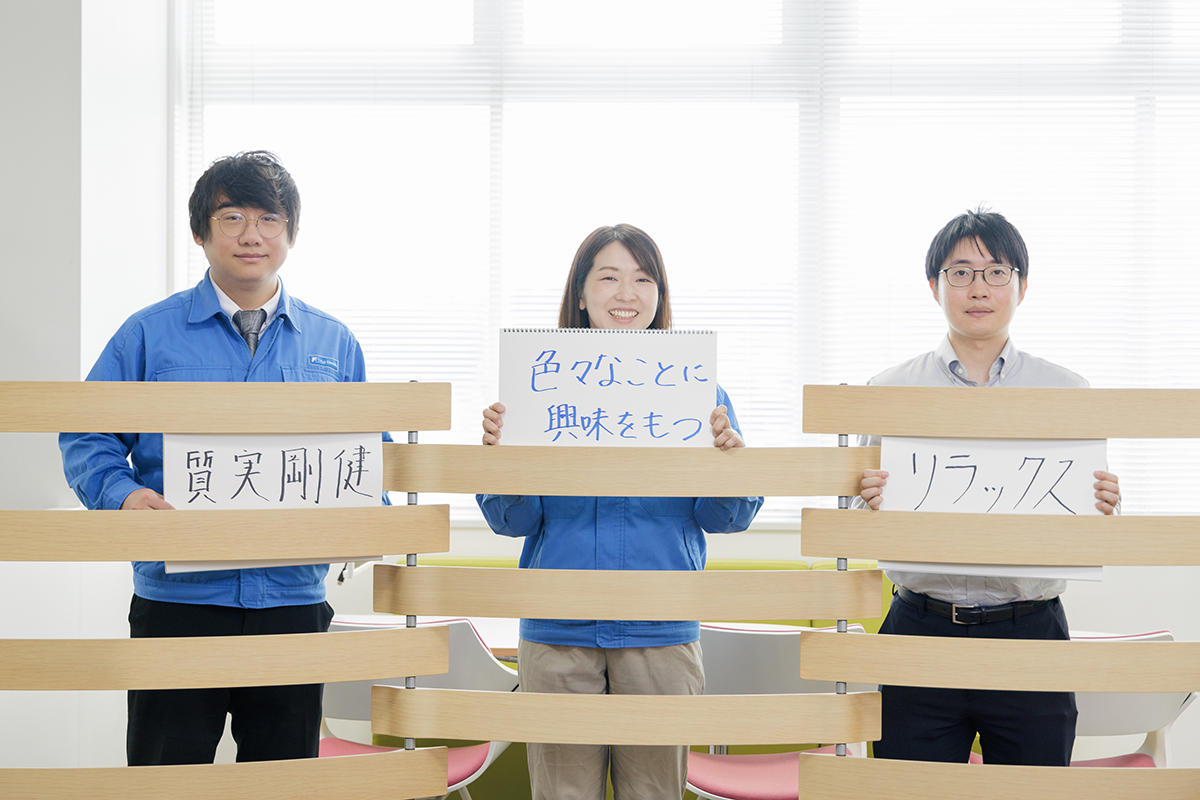
We asked the three employees to write messages to students.
Dr. Jiang (left) wrote an expression that means “simplicity and fortitude.” He explains, “This is a phrase that a professor who has guided me since my time in university shared with me. Diligent, steady progress is essential for computational science.” Ms. Okada (center) wrote, “Develop interest in a variety of topics.” She relates, “Doing so will lead to unexpected realizations and fascinating discoveries beyond what you imagined.” Mr. Saeki (right) wrote the word “relax,” adding, “It’s hard to come up with good ideas when you’re nervous. This is especially important to keep in mind when you’re tackling a challenging field.”
Harnessing the Power of Computational Science
It is said that computational science, which is based on the laws of science, will ultimately make everything in the world predictable.
“Computational science is fascinating because it can be used to simulate chemical reactions, including the movement of atoms, which cannot be seen using electron microscopes. We aim to continue making discoveries about the microscopic world,” Mr. Saeki explains. Dr. Jiang adds, “We want to promote computational science as a 'product package' that will contribute to the development of materials and extend the life of products.”
Research into expanding the scope of computational science by combining it with AI is also underway. “I would like to see people from a wide range of disciplines enter the world of computational science,” Ms. Okada shares.
It's not all about AI. The power of computational science also leads to new discoveries.
Recommended
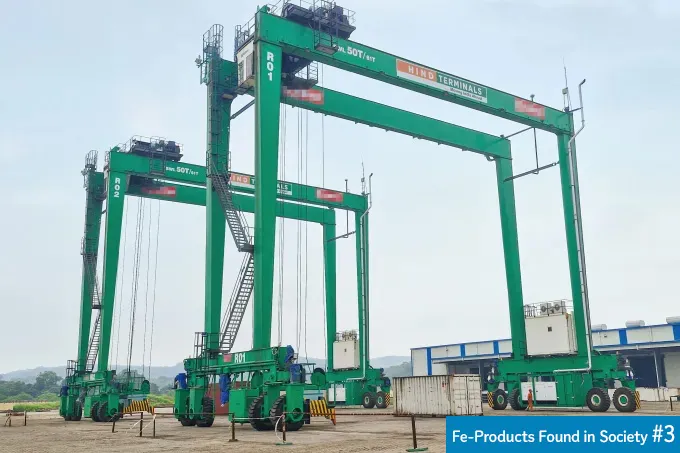
July 30,2025

July 28,2025
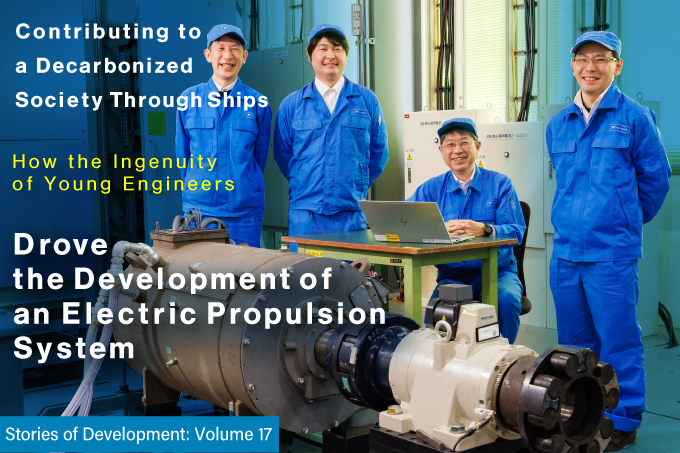
July 7,2025
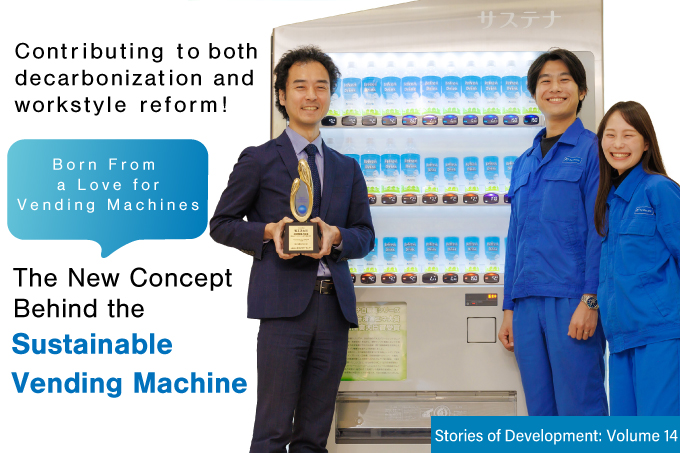
May 13,2025
